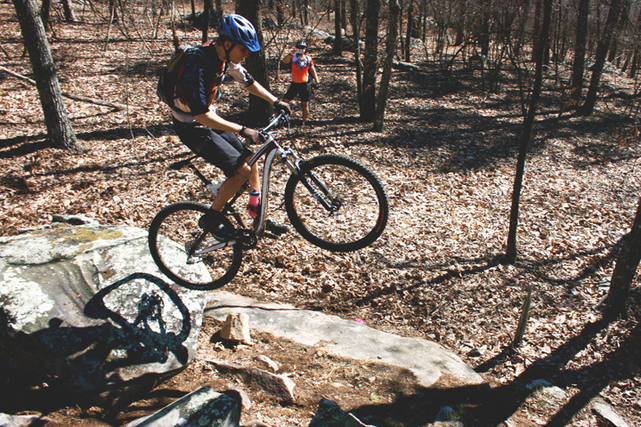The term Recreation appears to have been used in English first in the late 14th century, in the sense of “refreshment or curing of a sick person”. Recreation is an activity of leisure. It is an essential part of human life and gets shaped naturally by individual interests as well as by the surrounding social construction. The “need to do something for recreation” is an important element of human biology and psychology.
Recreational activities are often done for enjoyment, amusement, or pleasure and are considered to be “fun”. They can be communal or solitary, active or passive, outdoors or indoors, healthy or harmful, and useful or detrimental for society. A few examples would be like reading, playing or listening to music, watching movies or TV, gardening, hunting, hobbies, sports, studies, and travel.They have many health benefits and are applied in rehabilitation, psychiatric facilities for youth and adults, and in the care of the elderly, the disabled, or people with chronic diseases,as a part of therapy.
While one perception is that leisure is just “spare time”, time not consumed by the necessities of living, it should rather be viewed as a force that allows individuals to consider and reflect on the values and realities that are missed in the activities of daily life, thus being an essential element of personal development
Many physical recreational activities require the movement of large muscle groups like hiking, biking, swimming, gardening and dancing which can be aerobic and improves cardiovascular health. Physically active pastimes such as these are most beneficial if done routinely. They also promote health by providing a buffer for stress and give people a break from a stressful situation. Indeed, physically active recreational activities can be powerful proactive coping strategies, i.e efforts to prevent stressful events before they occur.Researches have shown that such activities are important to reduce obesity, risk of osteoporosis and of cancer, most significantly in men that of colon and prostate and in women that of the breast.
Socially active recreation is also important to one’s health.In fact, friendship is considered as the hidden factor in greater longevity. Researches support the importance of social networks in maintaining health.Recreational activities have the potential to increase social involvement as for many of them, such as playing cards or being on a sports team, need the involvement of others. Other recreational pursuit allow people to meet new friends who share common interests. Talking with acquaintances about movies or books helps individual to have a social life outside of their family and give them opportunities to forge new relationships.Research has consistently indicated that physically and socially active recreation and leisure activities are related to a higher quality of life in the general population, as well as in people with various disabilities or illnesses.
We spend most of our time in activities of daily living, work, sleep, social duties, and leisure, the latter time being free from prior commitments to physiologic or social needs. Leisure has increased with increased longevity but for many modern people,time pressure has increased as they are committed to too many tasks with decreased hours spent on other activities.Other factors that accounts for an increased role of recreation are affluence, population trends, and increased commercialization of recreational offerings.While one perception is that leisure is just “spare time”, time not consumed by the necessities of living, it should rather be viewed as a force that allows individuals to consider and reflect on the values and realities that are missed in the activities of daily life, thus being an essential element of personal development.So lets recreate,because it puts the FUN in FUNCTIONAL






